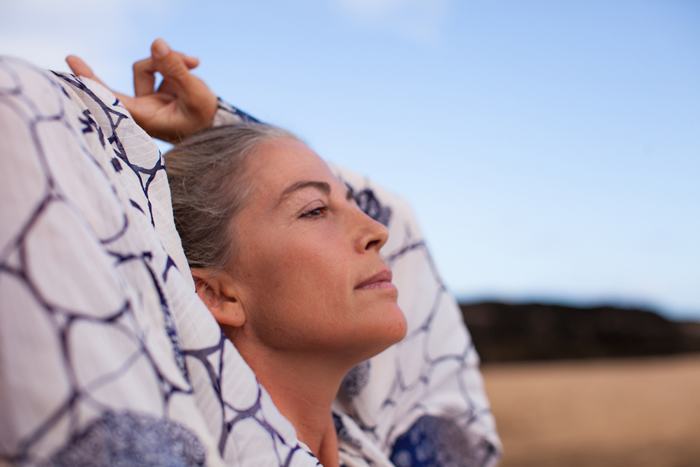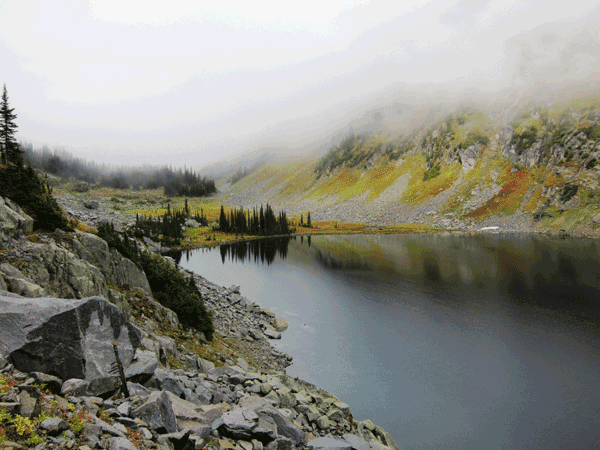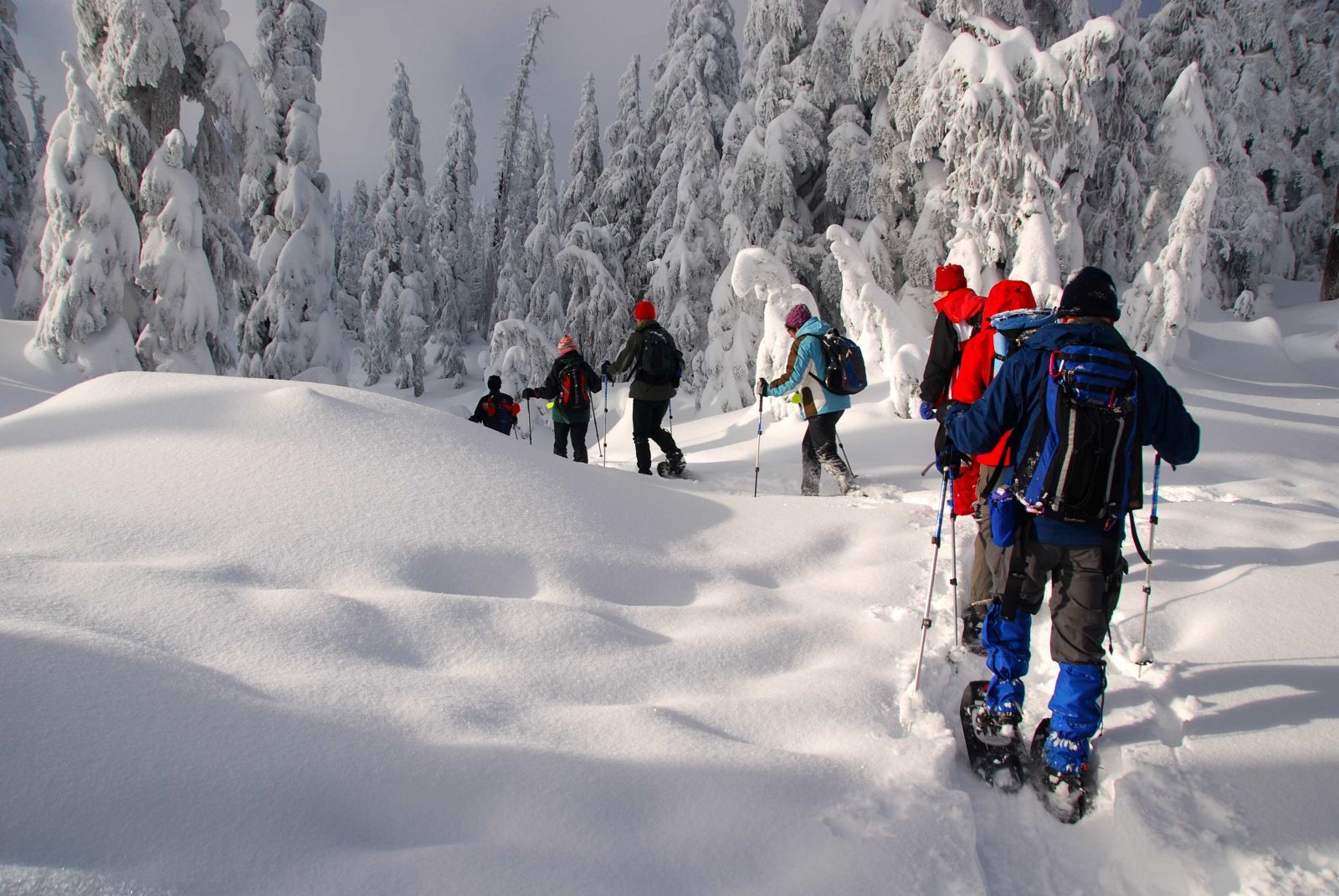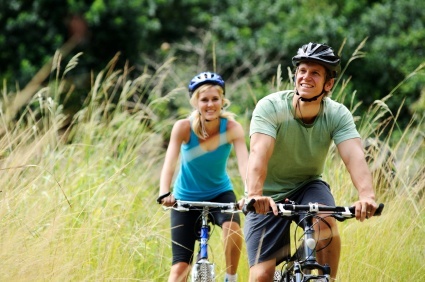Then
It is no secret – regular exercise is not only a vital contributor to fitness and health but is the key to boosting mental health. The evidence clearly shows that exercise is a magic bullet in combating illness in all areas of our being; physical, mental, and emotional.
At Mountain Trek we know how exercise contributes to fitness and weight loss – we’ve built our program around it. We’ve also been witness to the stress release and mood elevation experienced with every guest that comes through the Mountain Trek program.
Prescriptions vs. An Active Life
There is a growing backlash against looking for a cure to depression in a prescription bottle alone. With new research showing that antidepressants can actually cause depression, many are turning to natural and holistic solutions. Dr. Peter Breggin, a Harvard-trained psychiatrist points this out in his article on antidepressants:
It has been apparent for many years that chronic exposure to SSRI antidepressants frequently makes people feel apathetic or less engaged in their lives, and ultimately more depressed.
With antidepressants being the second most prescribed group of drugs in America, there is a pressing need to reclaim our natural birthright of health and vitality another way.
Studies show that exercising, in conjunction with anti-depressants produces better results than medication alone. As a preventive measure, or as a management strategy in conjunction with prescription medication, exercise deserves a closer look as a better solution to combating depression.
So what happens during exercise to shift your mood and outlook on life? Besides obvious benefits to the rest of your body, let’s take a look at what happens in the brain.
The Science Behind Exercise and Happiness
Exercise causes a variety of chemical reactions that help with everything from improving your memory to your mood, and to get better sleep – naturally. Exercise also:
- Rebuilds and generates new neurons resulting in increased brainpower
- Enhances mood and resistance due to endorphins
- Slows aging and improves cognitive ability in seniors
Essentially, depression negates the brain’s ability to adapt by limiting the ability of neurotransmitters (such as dopamine and serotonin) to communicate throughout the brain. Then, your brain gets locked into a loop of self-loathing and also loses the flexibility to work its way out of the hole. Exercise counters all that by boosting the production of BDNF (brain-developed neurotrophic factor); which is a protein that helps neurotransmitters perform their function. This, in turn, helps people emerge from their depressed state of mind.
How to Start Curbing Depression Through Exercise
The best part is it doesn’t take much to produce BDNF protein and start curbing those depressed feelings. One simple solution is to go for a walk in nature. When surrounded by fresh air while moving your body has a two-fold effect of clearing the mind and strengthening it. In Japan they call it Shinrin-yoku or “Forest Bathing” and studies have proven 50 minutes in nature helps to lower cortisol and increase dopamine, serotonin, and oxytocin levels. (For more about the effects of being outdoors on your psyche, check out a book called Your Brain on Nature by doctors Eva Selhub and Alan Logan.)
There are other exercises you can do anywhere and you don’t even have to think about going to a gym. In fact, here are five full-body exercises you can do right now.
So try on a few easy exercises, like walking up and down one flight of stairs, and treat your brain to some self-esteem and mood enhancement!
What is Mountain Trek?
Mountain Trek is the health reset you’ve been looking for. Our award-winning health retreat, immersed in the lush nature of British Columbia and featuring daily sunrise yoga and night-time restorative yoga, will help you unplug, recharge, and roll back years of stress, anxiety, and unhealthy habits. To learn more about the retreat, and how we can help you reset your health, please email us at info@mountaintrek.com or reach out below:







 You may consider yourself to be in better than average shape (after all you are a Mountain Trek Veteran). Now at home as part of your integration plan you’ve been hiking 3 times a week in close by local parks. Some friends come into town for the holidays and you decide to go biking. No problem, you’re in great shape, right? Wrong. After a day on the bike you feel like you’ve been run over by Santa’s sleigh and all his reindeer. What’s going on?
You may consider yourself to be in better than average shape (after all you are a Mountain Trek Veteran). Now at home as part of your integration plan you’ve been hiking 3 times a week in close by local parks. Some friends come into town for the holidays and you decide to go biking. No problem, you’re in great shape, right? Wrong. After a day on the bike you feel like you’ve been run over by Santa’s sleigh and all his reindeer. What’s going on?